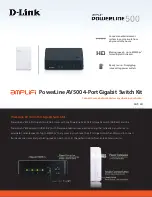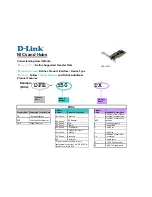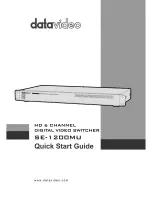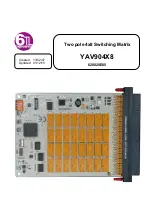
Basic Settings
[ Basic Settings > Load/Save ]
39
RM GUI GRS
Release
8.0
09/2019
When
External memory
is selected above, in the
Import profile from external memory
frame you
specify the configuration profile file to be imported.
In the
Profile name
drop-down list, select the name of the configuration profile to be imported.
In the
Destination
frame you specify where the device saves the imported configuration profile.
In the
Profile name
field you specify the name under which the device saves the configuration
profile.
In the
Storage type
field you specify the storage location for the configuration profile. The
prerequisite is that in the
Select source
drop-down list you have selected the value
PC/URL
.
RAM
The device saves the configuration profile in the volatile memory (
RAM
) of the device. This
replaces the
running-config
, the device uses the settings of the imported configuration
profile immediately. The device terminates the connection to the Graphical User Interface.
Reload the Graphical User Interface. Login again.
NVM
The device saves the configuration profile in the non-volatile memory (
NVM
) of the device.
When you import a configuration profile, the device takes over the settings as follows:
•
If the configuration profile was exported on the same device or on an identically equipped device
of the same type, then:
The device takes over the settings completely.
If the device uses modules, then also read the help text of the
Basic Settings > Modules
dialog.
•
If the configuration profile was exported on an other device, then:
The device takes over the settings which it can interpret based on its hardware equipment and
software level.
The remaining settings the device takes over from its
running-config
configuration profile.
Regarding configuration profile encryption, also read the help text of the
Configuration encryption
frame. The device imports a configuration profile under the following conditions:
•
The configuration encryption of the device is inactive. The configuration profile is unencrypted.
•
The configuration encryption of the device is active. The configuration profile is encrypted with
the same password that the device currently uses.
Export...
Exports the configuration profile highlighted in the table and saves it as an XML file on a remote
server.
To save the file on your PC, click the link in the
Profile name
column to select the storage location
and specify the file name.
The device gives you the following options for exporting a configuration profile:
Export to an FTP server
To save the file on an FTP server, specify the URL for the file in the following form:
ftp://<user>:<password>@<IP address>:<port>/<file name>
Export to a TFTP server
To save the file on a TFTP server, specify the URL for the file in the following form:
tftp://<IP address>/<path>/<file name>
Export to an SCP or SFTP server
To save the file on an SCP or SFTP server, specify the URL for the file in one of the following
forms:
–
scp://
or
sftp://<IP address>/<path>/<file name>
When you click the
Ok
button, the device displays the
Credentials
window. There you enter
User name
and
Password
, to log on to the server.
–
scp://
or
sftp://<user>:<password>@<IP address>/<path>/<file name>
Summary of Contents for GREYHOUND GRS1020
Page 8: ......
Page 16: ......
Page 146: ......
Page 232: ......
Page 310: ......
Page 330: ......
Page 338: ...Readers Comments 337 RM GUI GRS Release 8 0 09 2019 ...
Page 339: ......
Page 340: ......
Page 350: ......
Page 354: ......
Page 617: ...Readers Comments 277 UM Config GRS Release 8 0 09 2019 ...
Page 618: ......
Page 619: ......
















































